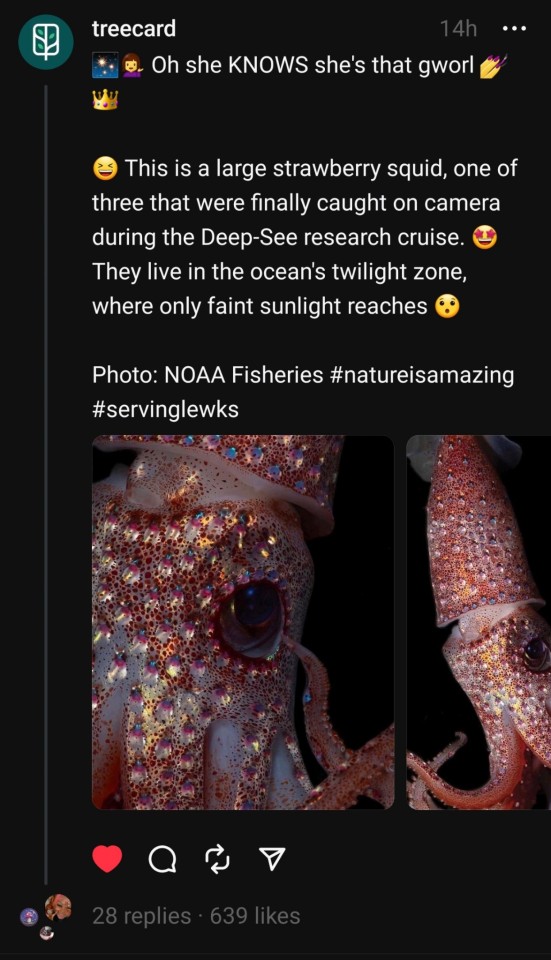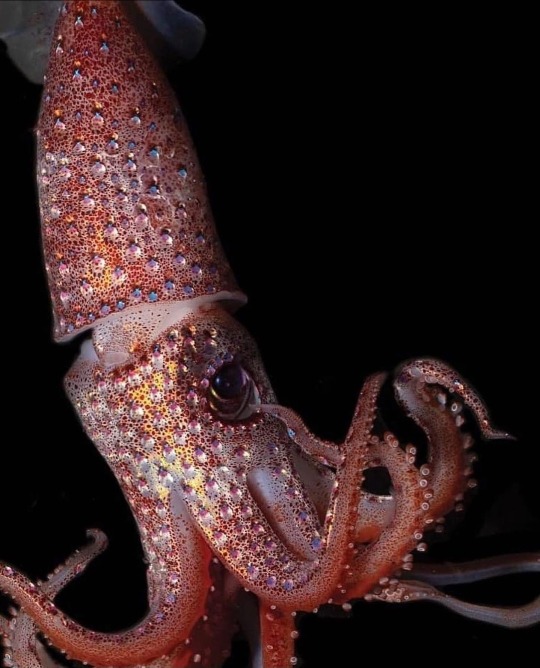#..as research
Explore tagged Tumblr posts
Text

I will need to pick one of these up on the way to the work meeting tomorrow. Been so sluggish today that I am capable of live slug reactions
#*gets a Monday blues product on a Thursday*#I don't think sleep will fix it coz red week is around the corner and it's become more like this#in recent years#brain simply does not wanna do any art today#instead I'm watching dog and red cardinal vids as#..as research#loz says stuff
11 notes
·
View notes
Text

Can you believe I'm having to make this meme even after successfully finishing up taxes and applying to job
#adhd#autism#Dad: Don't worry little man it's super simple! Just let me - the figure you seek support from - tell you to not be afraid#and then - stay with me here! - juuuuuust do it!#voila. my job is done you're welcome have fun doing all the research and figuring out without issue now <3 no problem#(and no of course I won't acknowledge your previous adulting accomplishments bc that's just expected stuff anyway)#||#vent#i guess? man#i don't have opinions or feelings on the internet often but man
43K notes
·
View notes
Text

Hey did you know that you can’t escape fatphobia even after death? The article talks about how these donated bodies are used for first year anatomy students to study the body, and how the 'perfect' body for that should be 170-180 pounds.
53K notes
·
View notes
Text
1963 Refrigerator 🤔
#pay attention#educate yourselves#educate yourself#knowledge is power#reeducate yourself#reeducate yourselves#think about it#think for yourselves#think for yourself#do your homework#do some research#do your own research#ask yourself questions#question everything#american history#history lesson
69K notes
·
View notes
Text

this post is fearmongering. the results of this study are concerning and should definitely be a matter of public discussion, but this is certainly not the conclusion the researchers came to.
the point of the study was to assess the risks of exposure to toxic metals- something one of the co-authors notes are “ubiquitous” fwiw- via menstrual products. Their research confirmed that these metals are indeed present in tampons, but no further conclusions are drawn. it is possible the metal entered into the cotton from the soil, which is a well-known phenomenon; cotton is so good at lifting heavy metals that it has actually been suggested as a part of the solution for revitalizing polluted ground.
the authors conclude with an acknowledgement that the study should be repeated- their sample size was 60 tampons- and a suggestion that further testing ought to be done to indicate whether or not these metals can even leech out of the tampon in the first place, let alone whether or not such leeching could occur at levels deleterious to human health.
there is, in fact, a body of research- too small, for sure, but much larger than this single study- indicating that long-term proper tampon use has no observable negative impact on health. i am grateful and thrilled that more research is being done and i hope that this study is the first of many on this line of questioning, but i am really frustrated at this post and the response it got.
obviously, if this study alters your approach to menstrual health, more power to you. consumers should be informed-risk-takers, and menstrual health is double-obviously a very personal choice. but it definitely wasn't the researchers concluding that you ought to “avoid using tampons at all cost," only this tumblr user did. the lead author of the paper, in fact, specifically says that she hopes people do NOT panic about the results.
(the notes of the post were disappointing. people affirming that they knew they were right to be suspicious of tampons all along, or even recommending alternatives that actually have very little to no research regarding the safety of long-term use, etc. it’s a different conversation, but categorical distrust of tampons is old-school misogyny. you certainly shouldn't wear them if you don’t want to, but there is nothing inherently scary or wrong about them, and people who prefer them are not being reckless or crass.)
((if you're really worried about exposure to heavy metals, you may want to turn a critical eye to fast fashion, as an aside))
#couldn’t reply to the original#so. sorry for the screenshot lol. but i can't put my two cents there. and this topic bugs me (grew up in anti-tampon country)#(Utah)#i do not blindly believe that tampon brands are looking out for us or anything. i hope that comes across here.#anyway. it's something to keep an eye out for more research. i hope this team is able to continue their work
23K notes
·
View notes
Text
DO NOT DO THIS!!!
If a website has a paywall, like New York Times, DO NOT use the ctrl+A shortcut then the ctrl+c shortcut as fast as you can because then you may accidentally copy the entire article before the paywall comes up. And definitely don't do ctrl+v into the next google doc or whatever you open because then you will accidentally paste the entire article into a google doc or something!!!! I repeat DO NOT do this because it is piracy which is absolutely totally wrong!!!
150K notes
·
View notes
Text


a gentleman and his lady 💗
#transhet labru save me#do you know how much fashion research i had to do. an entire day#dungeon meshi#dunmeshi#laios touden#kabru of utaya#labru#transfem laios#chip art
17K notes
·
View notes
Text
For what it’s worth I think Algerian women should be allowed to do quite literally whatever they want on French soil considering the atrocities generations of Algerian women faced during the revolution, like Imane Khelif should be getting free swings at every member of state while she’s in Paris! Hope this helps!
#Imane Khelif#Algeria#if you don’t know the horrors the French subjected these women to please go do some research#olympics#wow the notes#10k#12k
14K notes
·
View notes
Text
things jon missed while stalking his colleagues:
the fact that sasha had been half lined up for gertrude's job and how that would be a pretty good murder motive
the discrepancy between elias's hiring in 1991 and how he said he was working as a filing clerk in 1972
tim's brother's mysterious disappearance/death directly preceding his change in careers
martin's real age and literally any of his academic or employment history
conclusion: he's bad at this <3
10K notes
·
View notes
Text




Wake up babe new fish dropped
#threads#deep sea creatures#strawberry squid#marine biology#deep see research cruise#noaa#noaa fisheries
87K notes
·
View notes
Text

These little dudes are not only chillin' but also warming themselves in heated cubbies to help them beat a fungal infection!!
Photo from the article in Science.
Research abstract: Nature
11K notes
·
View notes
Text


A Bird in the Hand
Monster Researcher Eclair (and Andie) study the Steppes clan Centaurs and Mountain Harpies.
14K notes
·
View notes
Note
Rowling isn't denying holocaust. She just pointed out that burning of transgender health books is a lie as that form of cosmetic surgery didn't exist. But of course you knew that already, didn't you?
I was thinking I'd probably see one of you! You're wrong :) Let's review the history a bit, shall we?
In this case, what we're talking about is the Institut für Sexualwissenschaft, or in English, The Institute of Sexology. This Institute was founded and headed by a gay Jewish sexologist named Magnus Hirschfeld. It was founded in July of 1919 as the first sexology research clinic in the world, and was run as a private, non-profit clinic. Hirschfeld and the researchers who worked there would give out consultations, medical advice, and even treatments for free to their poorer clientele, as well as give thousands of lectures and build a unique library full of books on gender, sexuality, and eroticism. Of course, being a gay man, Hirschfeld focused a lot on the gay community and proving that homosexuality was natural and could not be "cured".
Hirschfeld was unique in his time because he believed that nobody's gender was either one or the other. Rather, he contended that everyone is a mixture of both male and female, with every individual having their own unique mix of traits.
This leads into the Institute's work with transgender patients. Hirschfeld was actually the one to coin the term "transsexual" in 1923, though this word didn't become popular phrasing until 30 years later when Harry Benjamin began expanding his research (I'll just be shortening it to trans for this brief overview.) For the Institute, their revolutionary work with gay men eventually began to attract other members of the LGBTA+, including of course trans people.
Contrary to what Anon says, sex reassignment surgery was first tested in 1912. It'd already being used on humans throughout Europe during the 1920's by the time a doctor at the Institute named Ludwig Levy-Lenz began performing it on patients in 1931. Hirschfeld was at first opposed, but he came around quickly because it lowered the rate of suicide among their trans patients. Not only was reassignment performed at the Institute, but both facial feminization and facial masculization surgery were also done.
The Institute employed some of these patients, gave them therapy to help with other issues, even gave some of the mentioned surgeries for free to this who could not afford it! They spoke out on their behalf to the public, even getting Berlin police to help them create "transvestite passes" to allow people to dress however they wanted without the threat of being arrested. They worked together to fight the law, including trying to strike down Paragraph 175, which made it illegal to be homosexual. The picture below is from their holiday party, Magnus Hirschfeld being the gentleman on the right with the fabulous mustache. Many of the other people in this photo are transgender.

[Image ID: A black and white photo of a group of people. Some are smiling at the camera, others have serious expressions. Either way, they all seem to be happy. On the right side, an older gentleman in glasses- Magnus Hirschfeld- is sitting. He has short hair and a bushy mustache. He is resting one hand on the shoulder of the person in front of him. His other hand is being held by a person to his left. Another person to his right is holding his shoulder.]
There was always push back against the Institute, especially from conservatives who saw all of this as a bad thing. But conservatism can't stop progress without destroying it. They weren't willing to go that far for a good while. It all ended in March of 1933, when a new Chancellor was elected. The Nazis did not like homosexuals for several reasons. Chief among them, we break the boundaries of "normal" society. Shortly after the election, on May 6th, the book burnings began. The Jewish, gay, and obviously liberal Magnus Hirschfeld and his library of boundary-breaking literature was one of the very first targets. Thankfully, Hirschfeld was spared by virtue of being in Paris at the time (he would die in 1935, before the Nazis were able to invade France). His library wasn't so lucky.
This famous picture of the book burnings was taken after the Institute of Sexology had been raided. That's their books. Literature on so much about sexuality, eroticism, and gender, yes including their new work on trans people. This is the trans community's Alexandria. We're incredibly lucky that enough of it survived for Harry Benjamin and everyone who came after him was able to build on the Institute's work.

[Image ID: A black and white photo of the May Nazi book burning of the Institute of Sexology's library. A soldier, back facing the camera, is throwing a stack of books into the fire. In the background of the right side, a crowd is watching.]
As the Holocaust went on, the homosexuals of Germany became a targeted group. This did include transgender people, no matter what you say. To deny this reality is Holocaust denial. JK Rowling and everyone else who tries to pretend like this isn't reality is participating in that evil. You're agreeing with the Nazis.
But of course, you knew that already, didn't you?
Edit: Added image IDs. I apologize to those using screen readers for forgetting them. Please reblog this version instead.
#transgender#trans history#transsexual#transphobia#Magnus Hirschfeld#holocaust#holocaust denial#book burning#j.k. rowling#jk rowling#just in case you missed what i mean by all this: go fuck yourself anon :)#trans people have always existed#and we will always exist#if you really wanna pick a fight with me over well-documented history then you better bring in some sources to back your shit#queer history#queer#lgbt+#lgbta+#lgbt#lgbt history#edit: i finally got around to those damn image IDs. i am so very sorry for totally forgetting that's my bimbo moment of the month#also real quick i thought about adding an image of the actual building but the only one i can find has a Nazi parade in front of it#it was taken the day of the book burning raid and honestly if i were to include it then i'd add it to the first few paragraphs#and i think the story's better told when you uphold the hope Magnus Hirschfeld and all the researchers he worked with had#also keeps being brought up: yes Hirschfeld was a eugenicist. it was a popular belief set that was only discredited after WW2#Hirschfeld died in 1935. he literally didn't live long enough to see science turn against those beliefs and practices#considering how he changed his mind on transitions i like to think he would've changed his mind on eugenics too if he'd lived
17K notes
·
View notes
Text
An excerpt from the trial of Elinor Crane, who was arrested in Middlesex in 1693 on suspicion of burglary. A witness claimed one of the burglars was a woman in men's clothing, and Elinor had previously been seen in the area dressed as a man.

"But the Court asking her why she went in Mans Apparel, the Prisoner replyed, She went to Wooe a Widow. Upon the whole Matter the Jury brought her in not Guilty."
(source: Old Bailey Proceedings: Accounts of Criminal Trials, April 26, 1693.)
#'why were you wearing pants?' 'hot milfs in my area' 'understandable - next case'#history#17th century#1690s#crime history#lgbtq+ history#gender roles#things I find while researching other things
16K notes
·
View notes
Text
Old Lighters 🤔
#pay attention#educate yourselves#educate yourself#knowledge is power#reeducate yourself#reeducate yourselves#think about it#think for yourselves#think for yourself#do your homework#do some research#do your own research#ask yourself questions#question everything#old lighters#lighters#antique#history lesson#history#american history#world history#ancient history
24K notes
·
View notes